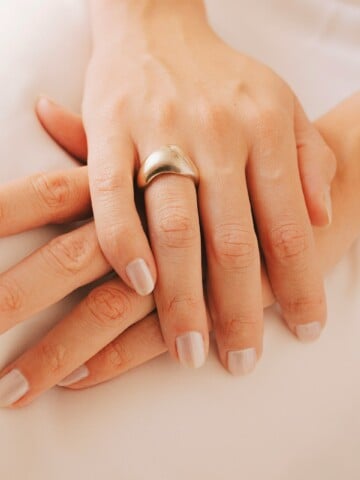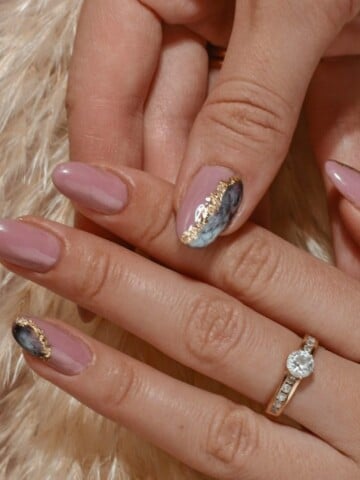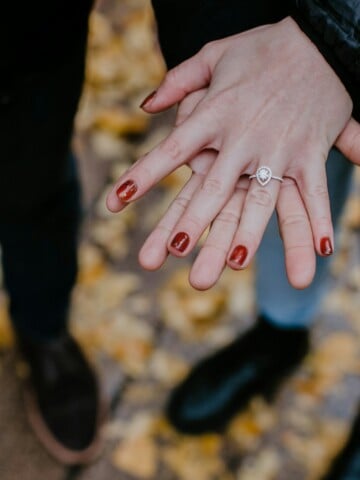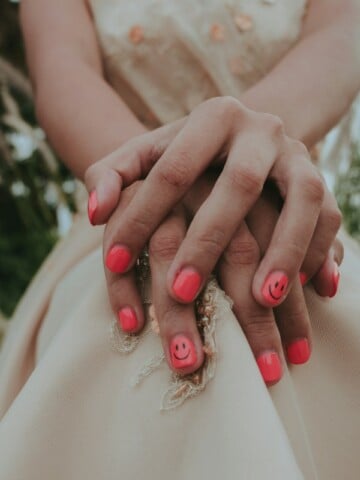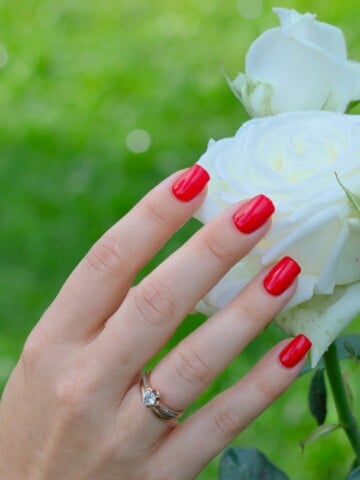When was the last time you really took a nice, long look at your fingernails? Between all the trimming, buffing, and polishing, few of us stop to think about the actual physical condition of our nails beyond the state of our most recent manicure. But more than just reflecting our fashion sense, our nails also reveal a lot about our physiology—and damaged nails are telling you something!
Bumps, ridges, peeling, and pits are clues to the body's overall health and could even be a early warning signs of damaged nails for underlying issues. But rest easy—not all nail problems should have you running to the doctor. Here are 7 common nail problems and what you should do about them.
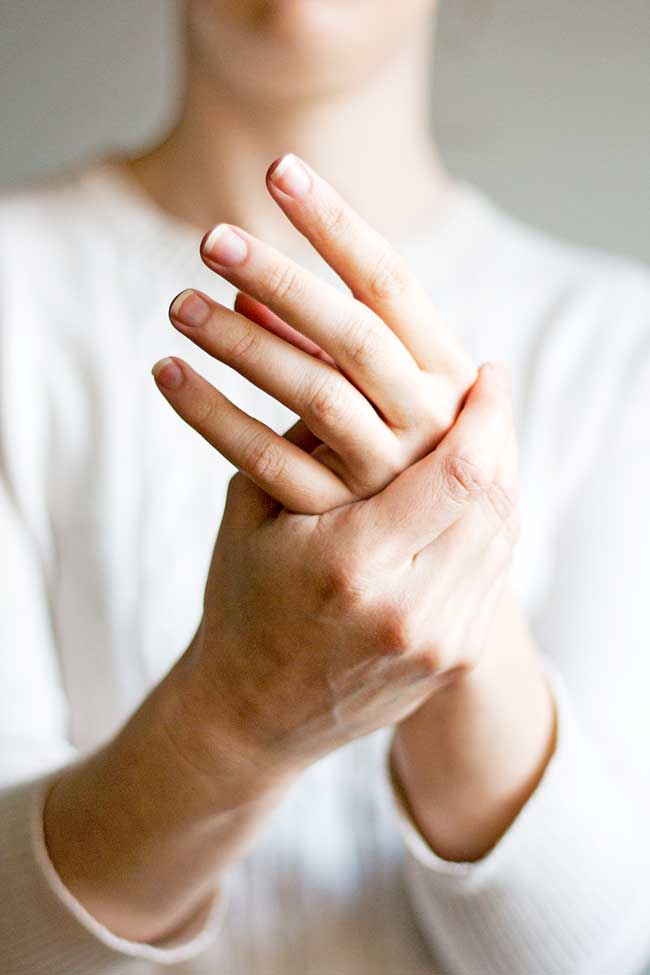
Jump to:
7 Things Your Damaged Nails Might be Telling You
Here are some things your damaged nails might be telling you, what you can do about it, and when it might be time to go see your doc.
1. Peeling
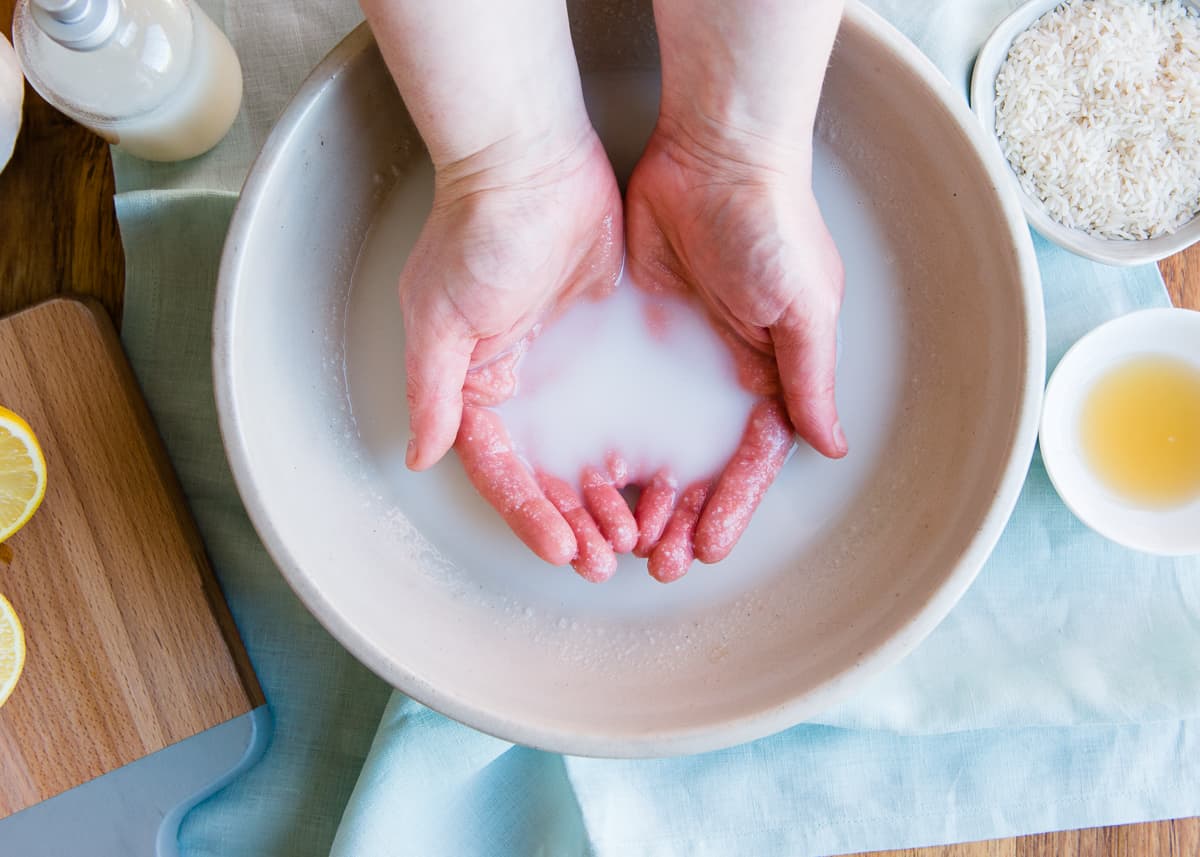
Fingernails that split and peel are actually quite common. While your genes usually play a role, exposing your hands to the winter elements, harsh chemicals, and too much hot water can wreak havoc on your nails, causing them to peel. But don't panic; a quality moisturizer and some TLC will have your nails back in tip-top shape in no time.
Give yourself a manicure, and massage your nails daily with a mixture of olive oil and coconut oil to help replenish and hold in moisture. You can partially prevent this type of damaged nails by winterizing your hands before the cold season. For an added boost, increase your intake of vitamins A and B, biotin, protein, and omega-3 fatty acids to nourish nails from the inside out, or try a supplement specifically formulated to strengthen nails, like Hum Nutrition's Killer Nails.
2. Yellowing
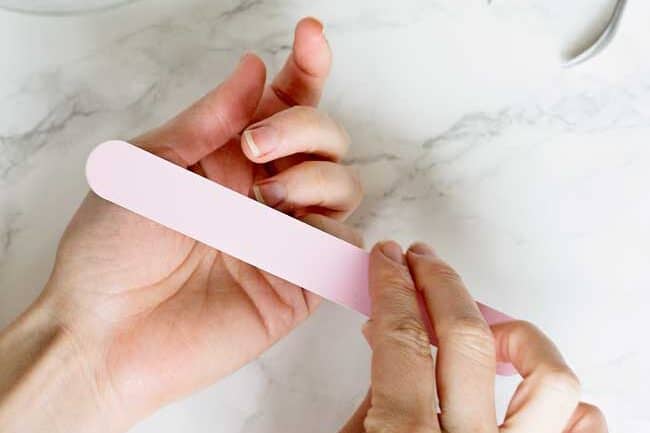
As serious (and unsightly) as it looks, yellow nails are usually caused by dark fingernail polish that's been left on a little too long before being removed. It's best to prevent yellow nails from the get-go, but if you just can't keep your hands off the dark polish, you can try lightening your nails instead.
Use a buffing board to gently remove the upper layer of yellow skin cells. Then mix 1 tablespoon of baking soda with 1 teaspoon of hydrogen peroxide, and let it fizz for a few seconds. Dip a toothbrush into the mixture and gently scrub each nail until the yellow tint is gone.
If, after some buffing and scrubbing, you're still left with yellow nails, you might have a nail fungus. Sounds a little gross, I know, but it happens to the best of us! Obviously, if you have pain or notice a change in your nail texture, such as pitting, you should go see your doctor ASAP.
But if all you're experiencing is a little discoloration that won't go away, put a few drops of a nail-friendly essential oil like tea tree onto your nail beds and massage it in for several minutes before rinsing with warm water. Do this twice a day for a few months until you notice improvement.
3. Brittle or thin

Did you know that fingernails are about 10 times more absorbent than skin? This means they are highly susceptible to all sorts of external factors that might make them soft and breakable. Everything from seasonal weather changes to nail polish remover can cause your nails to become weaker and tear more easily, leading to very brittle nails.
Brittle nails are a common problem and can be caused by several factors such as nutritional deficiencies, exposure to harsh chemicals, frequent hand washing, and aging. However, there are several natural remedies for brittle nails you can try at home, including:
Olive oil: Olive oil is a great natural remedy for brittle nails. It contains vitamin E and healthy fatty acids that nourish and strengthen your nails. You can massage your nails with warm olive oil for 5–10 minutes daily to improve blood circulation and prevent breakage.
Tea tree oil: Tea tree oil has antifungal and antibacterial properties that can help prevent nail infections and promote healthy nail growth. You can mix a few drops of tea tree oil with a carrier oil like coconut or jojoba oil and apply it to your nails and cuticles. Tea tree oil has a number of excellent benefits, including antibacterial properties.
Apple cider vinegar: Apple cider vinegar can help restore the pH balance of your nails and prevent fungal infections. You can soak your nails in a mixture of equal parts of apple cider vinegar and warm water for 15–20 minutes, and then rinse with warm water. Apple cider vinegar can really boost nail health.
The best way to strengthen your nails is just to give them a break. Avoid wearing nail polish for several months to let the nail layers regenerate, and wear gloves when you do the dishes to avoid exposing your nails repeatedly to chemicals and soap. If you spend a lot of time in water, try keeping your hands as dry as possible, and avoid pruney fingers next time you take a bath!
If all else fails, take a high-quality biotin supplement or eat more biotin-rich foods like eggs, broccoli, and legumes to encourage your nails to grow in thicker [source].
4. Ridges
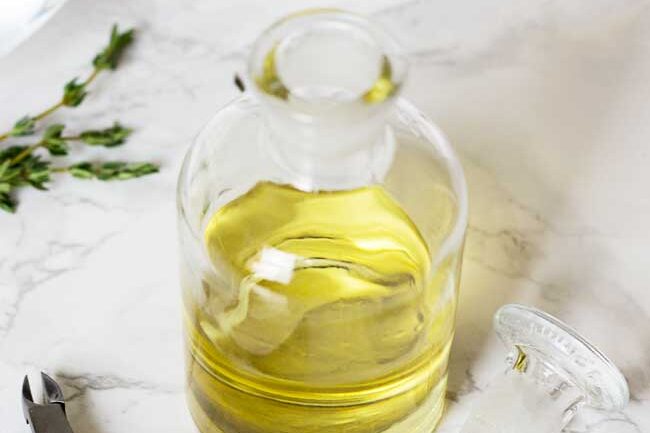
Vertical ridges (starting at the nail bed and extending to the edge of your nail) are usually nothing to worry about and are simply a sign of aging. Much like wrinkles of the skin, nail ridges become more prominent as we get older. To help prevent ridges in the first place, focus on eating a balanced diet rich in the nutrients from fruits and vegetables, along with omega-3 fatty acids.
Horizontal depressions in the nails are called Beau's lines, and they are more like a deeper groove in the nail plate. They can be caused by dermatologic conditions, such as eczema or psoriasis. Or they could have been formed during a serious insult to the body, like a severe infection or medical condition [source].
If you already have ridges, massage a dab of vitamin E oil into your nails twice a day to help make them appear less prominent, or grab a buffing board next time you're at the pharmacy and buff them away.
5. Blue tint
A bluish tinge to the nails is a sign that your fingers aren't getting enough oxygen. It may just be a temporary issue caused by exposure to cold temperatures, in which case you might invest in a pair of gloves.
But if you find that your nails often appear blue, even if you don't feel cold, definitely go get that checked out by your doctor.
6. White lines
Random white lines or splotches on one or two nails that move along as the nail grows are often caused by nail trauma (think suddenly bending a nail backward or something hitting hard against the nail) and are typically nothing to worry about. They should eventually go away on their own as the nail grows out.
However, white lines that extend horizontally across all of your nails are known as Muehrcke's lines, and they might correlate with a time when there were low protein levels in the blood, perhaps due to the presence of a chronic disease [source]. They could indicate a serious disorder, so you should definitely go see your doctor to rule out underlying health issues.
7. Hangnails
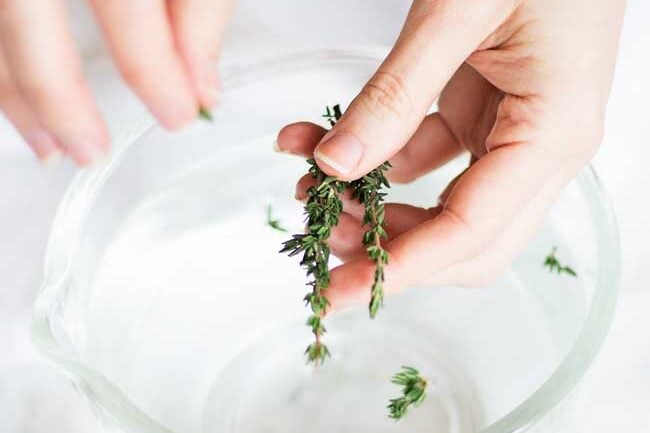
While not technically a fingernail issue, hangnails are annoying and painful, to say the least. These small pieces of skin gather around your cuticles, and when they rip or tear, they can sometimes lead to painful swelling and infection.
To get rid of them quickly, soak your nails in a gentle hand bath for about 15 minutes every day. Follow it up by massaging vitamin E or coconut oil into your nails for several minutes and letting it soak into your cuticles. If you already have painful hangnails, apply a drop of raw honey to your cuticles to prevent infection and lock in extra moisture.
These are just a few of the more common things you might see in terms of damaged nails. But there are many more findings and signs that nails can manifest. For more in-depth, medical information, check out this article that includes some photographs and descriptions of different nail conditions and what they might mean. You won't find any beauty advice there, though!

Fingernail Changes FAQ
Does anemia cause any nail changes?
Sometimes but not always. There is a nail condition seen with iron deficiency called koilonychia, or spoon-shaped nails [source]. This effect can also occur with other medical conditions, so it's worth letting your doctor have a look if you notice this nail change.
What does it mean when your fingernail comes off?
Once and a while, a nail slowly rises up, becomes white, and starts coming off. This is called onycholysis—a separation of the nail from the nail bed. It can be a little scary, but it usually happens slowly, often resulting from trauma to the nail. Some conditions like fungal infections or psoriasis can affect the skin under the nail, causing it to lift away. Medications and chemical exposures (those nail cosmetics!) can also be a cause. And certain health conditions, such as gastrointestinal disease or hyperthyroidism, have been associated with onycholysis [source].
How can I improve the health of my brittle, damaged nails?
You can improve the health of your brittle nails by following a balanced diet, drinking plenty of water, avoiding harsh chemicals, and trying natural remedies such as olive oil, tea tree oil, and apple cider vinegar.
Can olive oil help strengthen brittle nails?
Yes, olive oil contains vitamin E and healthy fatty acids that nourish and strengthen your nails. You can massage your nails with warm olive oil for 5–10 minutes daily to improve blood circulation and prevent breakage.
What are some natural remedies for brittle nails?
Some natural remedies for brittle nails include olive oil, tea tree oil, apple cider vinegar, lemon juice, jojoba oil, and vitamin E oil. You can also try soaking your nails in warm water and wearing thin cotton gloves overnight to lock in moisture.
More Ways to Naturally Care for Nails
This article was medically reviewed by Dr. Gina Jansheski, a licensed, board-certified physician with over 20 years of practice experience. Learn more about Hello Glow's medical review board here. As always, this is not personal medical advice, and we recommend that you talk with your doctor.
References:
1. Brittle splitting nails. American Osteopathic College of Dermatology website.
2. Beau's lines. Dermatology advisor website.
3. Tavares NT, et al. Muehrcke's lines. Autops Case Rep. 2018.
4. Fawcett RS, et al. Nail abnormalities: clues to systemic disease. Am Fam Physician. 2004.
5. Singal A, et al. Nail as a window of systemic diseases. Indian Dermatol Online J. 2015.



